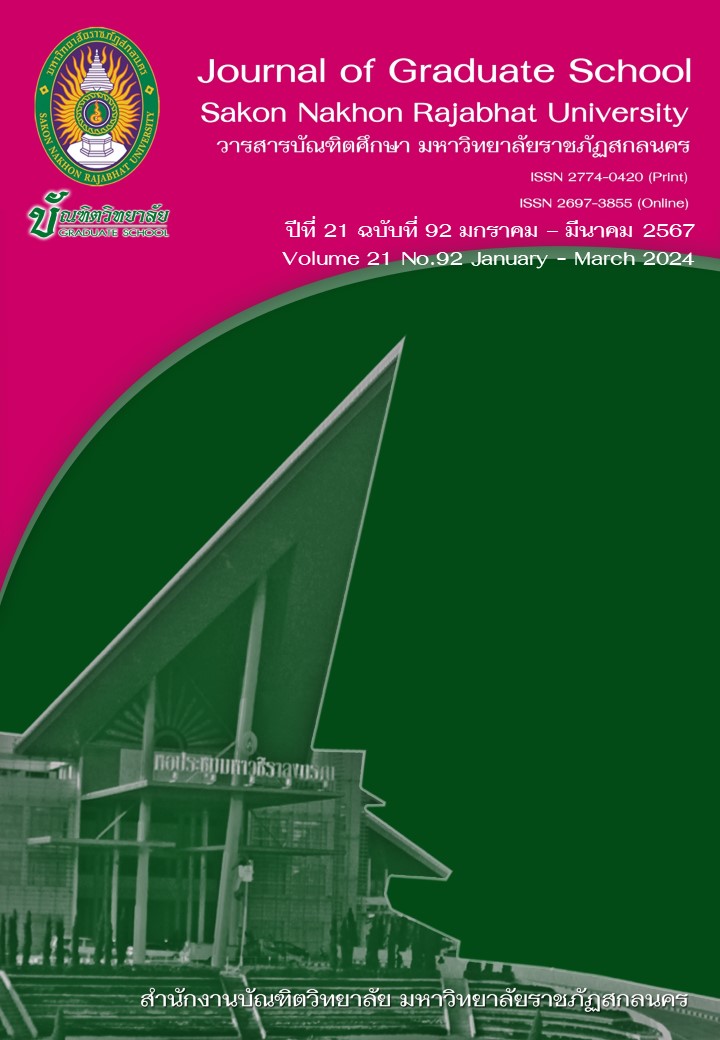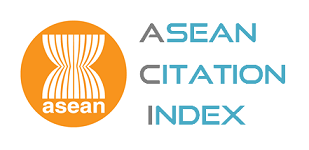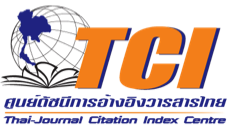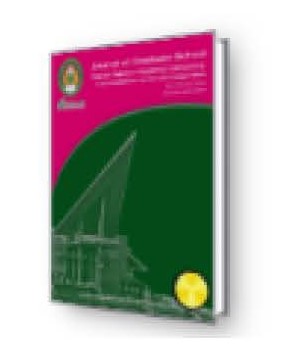DEVELOPMENT OF A BLENDED LEARNING MANAGEMENT MODEL TO ENHANCE ABILITIES IN LEARNING MANAGEMENT AND CLASSROOM MANAGEMENT CATERING TO SPECIAL NEEDS STUDENTS FOR PRE-SERVICE TEACHERS AT SAKON NAKHON RAJABHAT UNIVERSITY
Keywords:
Blended Learning Management Model, Learning and Classroom Management, Pre-Service TeachersAbstract
The objectives of this research were to 1) develop the blended learning management model to enhance abilities in learning management and classroom management catering to special needs students for pre-service teachers at Sakon Nakhon Rajabhat University, 2) develop the quality of the developed learning management model, and 3) examine the effects after the implementation of the developed learning management model. The research procedures were divided into three phases; Phase 1 was related to synthesizing learning management and classroom management catering to special needs students, Phase 2 involved the quality development of the developed learning management model; and Phase 3 focused on the effects after the developed learning management model. The target group, obtained through purposive sampling, included 44 pre-service teachers majoring in the special education curriculum (Double Major) identified with cohort student code 65. The statistics for data analysis were percentage, mean, and standard deviation.
The results revealed that: 1) The developed learning management model consisted of five components, including 1) principles of learning management, 2) objectives, 3) learning and teaching processes, 4) knowledge contents, and 5) supporting systems. 2) The quality of the developed learning management model was evaluated by five experts in terms of internal validity, achieved at a high level ( = 3.88, S.D.= 0.67). Furthermore, external validity indicated that pre-service teachers’ abilities in learning management and classroom management for special needs students during the intervention were 77.35 percent, whereas after the intervention, their abilities remained high at 76.97 percent, meeting the criteria of 70 percent, and 3) The assessment results showed that the pre-service teachers’ abilities in learning management and classroom management for special needs students during the intervention were higher than the defined criteria of 70 percent.
References
จารุณี ซามาตย์. (2553). การพัฒนาโมเดลสิ่งแวดล้อมการเรียนรู้บนเครือข่ายตามแนวคอนสตรัคติวิสต์ ที่ส่งเสริมความคิดสร้างสรรค์ของนักศึกษาระดับอุดมศึกษา. วารสารมหาวิทยาลัยราชภัฏมหาสารคาม, 3(2), 153–164.
ใจทิพย์ ณ สงขลา. (2547). การออกแบบการเรียนการสอนบนเว็บ ในระบบการเรียนอิเล็กทรอนิกส์. กรุงเทพฯ: คณะครุศาสตร์ จุฬาลงกรณ์มหาวิทยาลัย.
ทิศนา แขมมณี. (2560). ศาสตร์การสอน: องค์ความรู้เพื่อการจัดกระบวนการเรียนรู้ที่มีประสิทธิภาพ. (พิมพ์ครั้งที่ 21). กรุงเทพฯ: จุฬาลงกรณ์มหาวิทยาลัย.
พิมพันธ์ เตชะคุปต์. (2554). สร้างนวัตกรรมการเรียนรู้ : ด้วยการวิจัยปฏิบัติการในชั้นเรียน. กรุงเทพฯ: จุฬาลงกรณ์มหาวิทยาลัย.
______. (2554). การเรียนการสอนที่เน้นผู้เรียนเป็นสำคัญ. กรุงเทพฯ: เดอะมาสเตอร์กรุ๊ฟแมเนจเม้นท์.
สงัด อุทรานันท์. (2529). การนิเทศการศึกษา : หลักการทฤษฎีและปฏิบัติ. กรุงเทพฯ: จุฬาลงกรณ์มหาวิทยาลัย.
สุวิมล ว่องวาณิช. (2550). การวิจัยประเมินความต้องการจำเป็น. กรุงเทพฯ: จุฬาลงกรณ์มหาวิทยาลัย.
สุมาลี ชัยเจริญ. (2545). ทฤษฎีการออกแบบการสอนในกระบวนทัศน์ใหม่. ขอนแก่น: ภาควิชาเทคโนโลยีการศึกษา คณะศึกษาศาสตร์ มหาวิทยาลัยขอนแก่น.
______. (2548). การเรียนรู้จากสถานการณ์ปัญหาเป็นหลัก (Problem based Learning). ขอนแก่น: ภาควิชาเทคโนโลยีทางการศึกษา คณะศึกษาศาสตร์ มหาวิทยาลัยขอนแก่น.
สุมาลี ธนวุฒิคติวรกุล. (2541). การเปรียบเทียบความสามารถในการอ่าน การเขียน และความสนใจในการเรียนภาษาอังกฤษของนักเรียนชั้นมัธยมศึกษาปีที่ 2 ที่ได้รับการสอนอ่านด้วยกลวิธี KWL–Plus ประกอบกับกลวิธีการเสริมต่อการเรียนรู้กับการอ่านตามคู่มือครู. ปริญญานิพนธ์ กศ.ม. กรุงเทพฯ: มหาวิทยาลัยศรีนครินทรวิโรฒ.
Davis, Keith and John W. Newstrom. (1981). Human Behavior at Work : Organizational Behavior. (7th ed). New York: McGraw–Hill Book Company.
________. (1990). Effective Business Psychology. New Jersey: Prentice–Hall.
Hoffman, N. (2002). The Characteristics of effective and ineffective teachers. Teacher Education Quarterly, 29(1), 39-48.
Joyce, B. M. Weil, & E. Calhoun. (2015). Models of Teaching. (9th ed). Boston: Pearson Education.
Keeves, P. J. (1988). Educational research. Methodology. and measurement: An international handbook. Oxford: Pergamon.
Coleman, J. L. (1988). The foundations of constitutional economics. Cambridge, England: Cambridge University Press.
Carman, J. M. (2005). Blended Learning Design: Five Key Ingredients. Retrieved from http://www.agilantlearning.com/pdf/Blended%20Learning%20 Design.PDF. August 23th, 2022.
Clark, D. R. (2003). Blended learning. Retrieved from http://www.nwlink.com/~Donclark/elearning/blended.html. August 23th, 2022.
Greenberg, J. & Baron, R. A. (2000). Behavior in Organizations. Retrieved from http://www.alibris.com/search/books/qwork/7684670/used/Behavior%20in%20Organizations. October 10th, 2022.
Sharp, Lauriston and Hanks, Lucien M. (1978). Bang Chan Social History of a Rural Community in Thailand. Ithaca and London: Cornell University Press.
Downloads
Published
How to Cite
Issue
Section
License
Copyright (c) 2024 Journal of Graduate School Sakon Nakhon Rajabhat University

This work is licensed under a Creative Commons Attribution-NonCommercial-NoDerivatives 4.0 International License.
บทความทุกบทความที่ตีพิมพ์ในวารสารบัณฑิตศึกษา มหาวิทยาลัยราชภัฏสกลนคร ถือว่าเป็นลิขสิทธิ์ของบัณฑิตวิทยาลัย มหาวิทยาลัยราชภัฏสกลนคร










